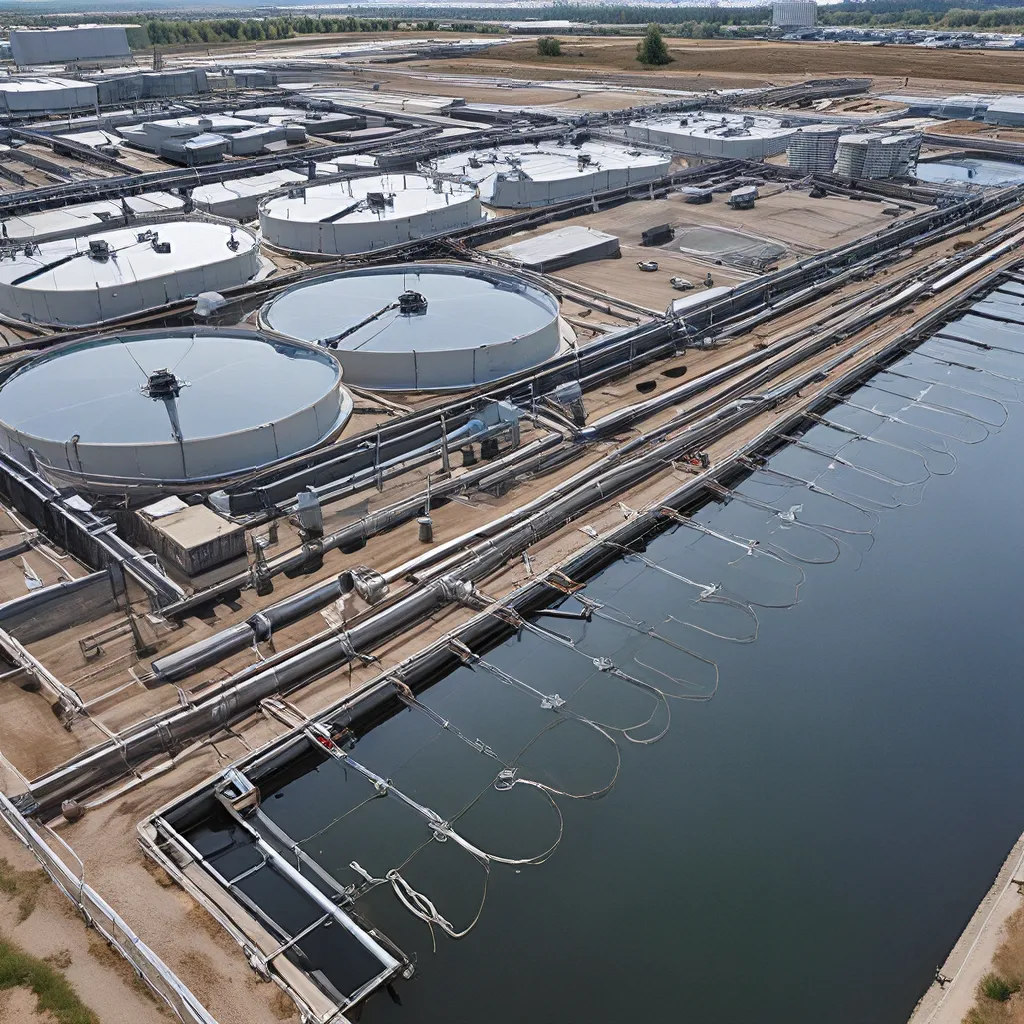
As someone who’s always been fascinated by the science behind wastewater treatment, I’ve been closely following the latest developments in this field. And let me tell you, the advancements happening in wastewater monitoring are truly remarkable!
The Power of Wastewater Surveillance
You know, the SARS-CoV-2 outbreak has already affected over 555 million people worldwide, with a staggering 63 million casualties. But what’s really intriguing is how wastewater monitoring has emerged as a powerful tool for managing these kinds of epidemiological situations.
It’s like having a secret window into the health of an entire community! By analyzing the traces of the SARS-CoV-2 virus found in wastewater, experts can actually detect outbreaks before they show up in individual testing. Isn’t that just mind-blowing? It’s like having a crystal ball for public health.
And the best part? This approach doesn’t just work for COVID-19 – it can be applied to all sorts of infectious diseases and even emerging mutations of the virus. So, we’re not just talking about a one-time fix, but a game-changing strategy for the future.
Navigating the Wastewater Sampling Process
Of course, as with any scientific endeavor, there are some crucial factors to consider when it comes to wastewater monitoring. The sampling method, for instance, can have a significant impact on the results. Do you go for a grab sample or a 24-hour composite? And then there’s the sample volume and the transport method – all these little details can make a big difference.
But the good news is, researchers have been hard at work, testing and optimizing these processes. They’ve explored various pretreatment procedures and RNA extraction methods, each with their own pros and cons. And let me tell you, the level of detail and precision involved is truly impressive.
For example, did you know that column-based extraction, TRIzol, and magnetic extraction are all viable options for getting that precious viral RNA out of the wastewater? It’s like a high-stakes game of molecular hide-and-seek, and these scientists are the masters of the hunt.
The Importance of Sequencing
But the story doesn’t end there. Once you’ve got that RNA, the next step is to put it through the RT-qPCR process, which confirms the presence of the SARS-CoV-2 genes. And then, the real magic happens – sequencing.
You see, with all the emerging mutations of the virus, it’s crucial to stay on top of the changes. And that’s where wastewater sequencing comes in. By analyzing the genetic makeup of the virus found in the wastewater, researchers can get a real-time glimpse of what’s happening in the community.
Imagine being able to detect a new variant before it even starts spreading widely. That’s the power of this approach. It’s like having a secret intelligence network for public health, and it’s all happening right here, in the pipes beneath our feet.
The Evolving Landscape of Wastewater Monitoring
Now, I know what you might be thinking – with all this high-tech wizardry, it must be super complicated and expensive, right? Well, not necessarily. The truth is, the field of wastewater monitoring is evolving rapidly, and new methods are constantly being developed to make the process more efficient and cost-effective.
And let’s not forget the potential applications beyond just disease surveillance. Imagine using these techniques to track the levels of pharmaceutical drugs or even illicit substances in a community. It’s like having a direct line into the collective health and wellbeing of a population.
Of course, as with any emerging technology, there are still debates and uncertainties to navigate. Some experts believe that the sampling and analysis methods need further refinement, while others argue about the best way to interpret the data. But you know what they say – “the more we know, the more we realize we don’t know.”
The Future of Wastewater Monitoring
So, where does all this leave us? Well, if you ask me, the future of wastewater monitoring is looking bright and promising. As the techniques continue to evolve and the data becomes more robust, I can’t help but feel excited about the transformative potential of this technology.
Imagine a world where we can stay ahead of the curve when it comes to public health threats, or where we can use this data to improve our urban planning and environmental management. The possibilities are truly endless.
And who knows, maybe one day, the team at Alpha Wastewater will be at the forefront of these exciting developments. After all, they’re the experts in the field, and I have a feeling they’re just getting started.
So, if you’re as fascinated by this stuff as I am, I’d encourage you to keep an eye on the latest research, and maybe even consider how you can get involved. Because trust me, the future of wastewater monitoring is going to be one heck of a ride.